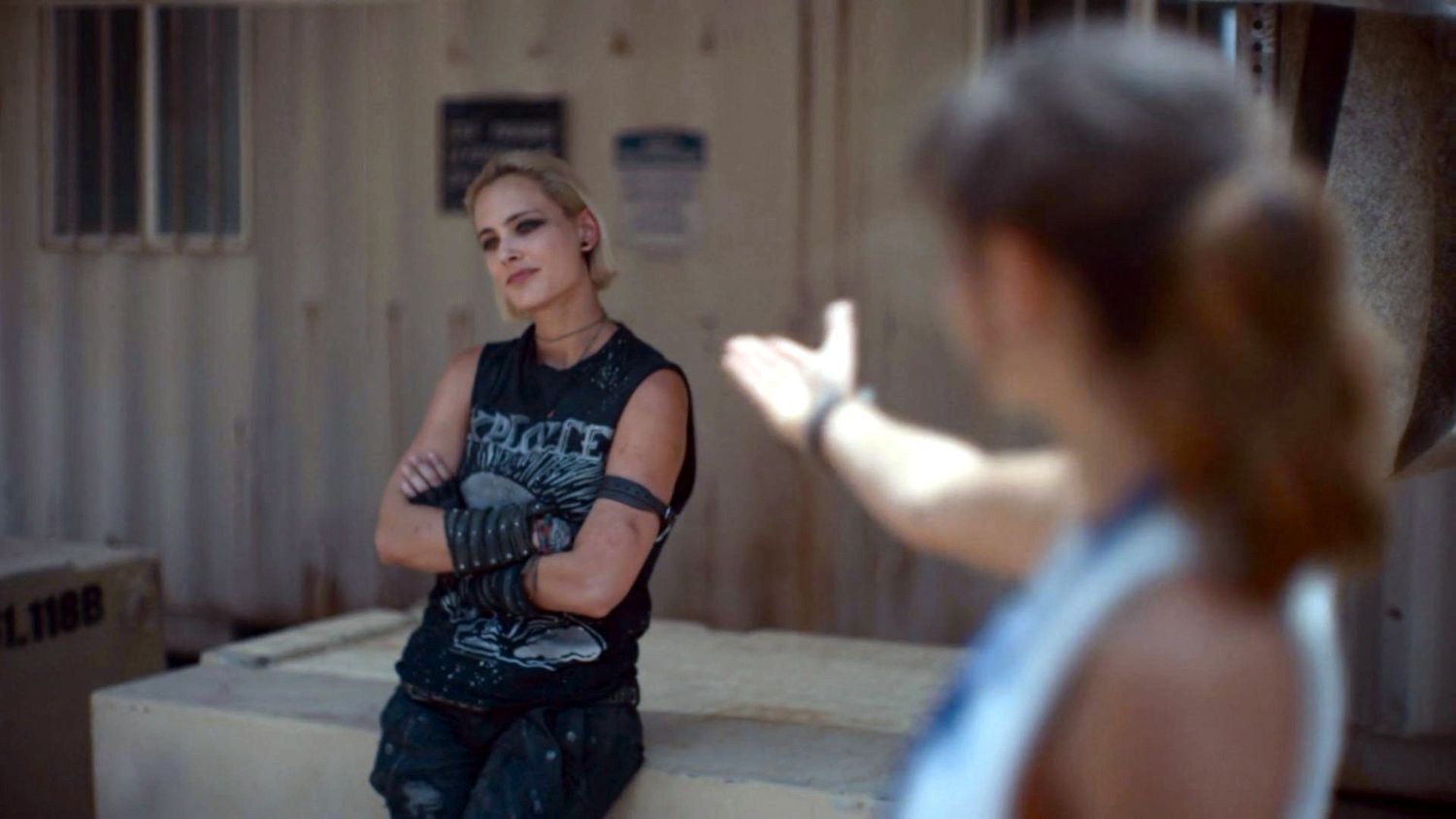 Army of the Dead: focus group
Army of the Dead: focus group
Netflix put up a behind the scenes thing for Army of the Dead in which Zack Snyder seems as carefree as the winds, just coasting through some complex film-making project on the lunar currents of creativity, and if so then good for him. Army of the Dead is another notch on pop culture’s unending remix spin cycle—it’s George Romero’s Aliens Escape From Oceans 11 although I too might not put the phone down immediately hearing a pitch like that—but with Snyder there are always things that seem to happen just through artistic eccentricity. In the opening seconds two bright lights in the sky roar off in the direction of the subsequent action, never to be mentioned: what black helicopters they? The king zombie (the same guy who played Big Daddy Mars twenty years ago and he still has the moves) rocks up at one point trotting on a zombie horse, shortly after the film has produced a zombie white tiger. There’s a sudden dreamy pause when the gang reach the bank vault they are robbing and the skeletons of some previous team are there, and while one of the characters waxes poetic about how it might in fact really be them in some arm-waving cosmic circular loop of destiny the camera pans across the bodies and the clothes and accessories and well, yes, it actually is them. And the theory that Snyder must be some flavour of toxic macho misogynist once again collapses in the face of actual observation of the things his characters do and the way he films them doing it, people facing crises of principle rather than identity.
Snyder also has fun with the visual style, mostly ignored by reviewers despite the fact that it couldn’t be more blatant if the director popped up on screen and pointed at it: the film is largely shot in an insistent shallow focus, big parts of any given frame a deliberately indistinct blur. It sounds like a nightmare borrowed from Zoom, but Snyder applies it so nimbly that it seems less like an affectation and more like a modernist dare. How he even did it is unclear: in the BTS he says it was a deliberate stylistic choice with lenses to match, but the production also replaced one cancelled actor with another performer and spliced the new body individually into scenes filmed the year before, and you wonder if the indistinct nature of much of any given frame might have been engineered after the event to assist. Or maybe it’s all just a power move: ages ago J Hoberman coined a phrase about a digitally animated film “satirising the technology it employs,” and Snyder might just be treasuring the thought of people checking the Netflix support forums.
In any case, digital creativity on big canvasses usually feels like a dreary head-banging energy-sapping wow-strategy and hardly ever feels like a tool—but it does when this director does it. Plus this example wasn’t that big. Looking up the budget to see how well Snyder had spent an obvious $150 million I found that the film cost Netflix just the $90 million instead, which apparently buys enough pixels on the camera sensor to be going on with, if you know what you want to do with each of them.
See also: Zack Snyder’s Justice League
And also: In Sight & Sound on Zack Snyder’s nine-elevens